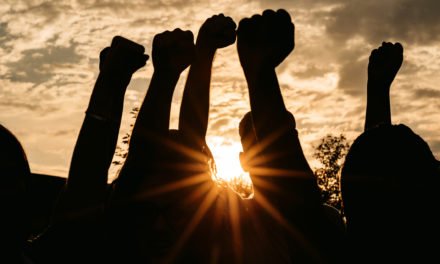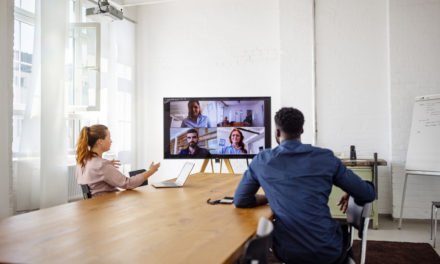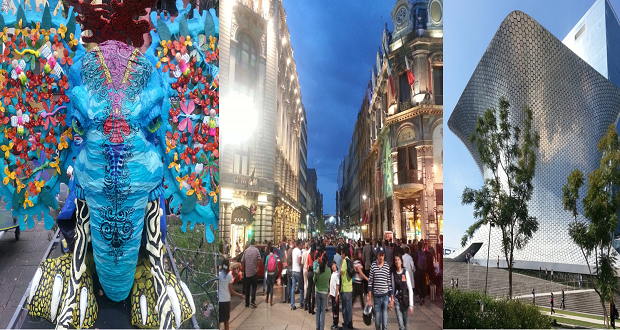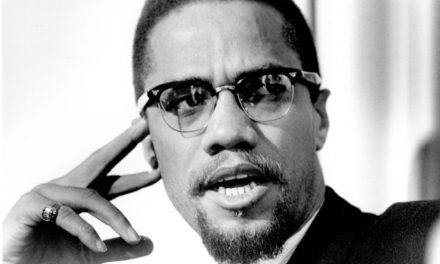Deloitte’s new initiative to eliminate Employee Resource Groups (ERGs) at the firm is a diversity disaster disguised as innovation.
Some see Deloitte as an expert in the D&I space. However, there is something to be said about their external reputation versus their internal reality.
I want to unpack why they likely made this decision to eliminate ERGs and make recommendations for how they could have handled the situation more effectively (in an effort to assist other organizations contemplating making similar changes).
Likely Supporting Reasons:
The “Preaching to the Choir” Argument:
Megan Schumann, the consultant featured in the Bloomberg article on this topic, asked “why go talk to a circle of people about something that feels like it’s tied to only one facet of your identity?” Her more problematic comment?
“When current events collide with core parts of identity, from women’s health to marriage rights to Black Lives Matter, practicing inclusion gets even more complicated. It can feel risky to talk about these topics at work. But my fear is that reducing them to private backchannels, in ERGs or otherwise, only feeds feelings of isolation.”
Well Megan (and others who might think similarly), for some people ERGs are a safe space where they can talk about issues they are facing, engage in culturally relevant conversations, be themselves, and much more. These are not “private backchannels”; they are usually well-established groups where open dialogue and relationship building are center stage.
Companies may encourage employees to “bring your authentic self to work”, but that sentiment is not the reality for many people. Often times people are navigating through work “covering”, a concept that Deloitte claims to know well since they wrote a whitepaper on it. Covering is exhausting. Sometimes people are covering 99% of their time at work, and ERG meetings and activities give them that small sliver of an opportunity to avoid dealing with anyone touching their naturally curly hair and asking, “How do you get it like that?” or a colleague coming back from the tanning salon, extending an arm, and claiming to be “twinsies” with their natural skin tone. That is why simply replacing ERGs with inclusion councils that “include everyone” is not an effective strategy.
Adjusting for Millennials
According to the leader of the Women’s Initiative at Deloitte, Deepa Purushothaman, “millennial employees—who make up 57 percent of Deloitte’s workforce—don’t like demographic pigeonholes.” My question for Deepa and the team who conducted this research is this: How diverse was the pool of respondents? One thing I’ve noticed with a lot of research on millennials is that the majority of those surveyed aren’t racial/ethnic minorities nor LGBTQ. Therefore, it is hard to know if the voices of those who are most likely to be part of ERGs (within the Millennial population) are even being heard.
Tips for Making Change in the D&I Space:
Now that we’ve diagnosed the likely reasons that led to this disaster of a decision, let’s discuss what could have been a better way of handling the situation.
Don’t start at the finish line.
Before you run a race, you begin at the starting line…that’s why it’s called “start”, no?
Deloitte’s website shows that they sell strategic change services to their clients, but it doesn’t seem like they practice what they preach. The first step in a good change management strategy is to assess the current state, which you can do by talking to your employees. In order to do this effectively, employees at various levels and from various backgrounds need a seat at the table. The strategy cannot just include the opinions of leaders mainly tied to the Women’s Initiative or to no ERG at all (which seems to be what happened, made evident by who was featured in the Bloomberg article and who leads the research conducted in the firm’s Survey Research Center.)
Strategize based on data gathered.
The most important part of an organization is its people, so keeping them satisfied is very important. Ask yourself: what could we do to improve what we already have? Can we add to the existing structure to make it better?
Who says Deloitte (and other organizations) can’t have both ERGs and their proposed inclusion councils that give those who don’t feel like they belong to any particular affinity groups a seat at the table to discuss D&I issues? Even Megan Schumann admitted as such when she wrote her response to the Bloomberg article she was featured in. She felt the need to clarify some of the things she was originally quoted saying. In her words, “new diversity approaches can be additive, and not necessarily at the expense of ERGs.”
Communicate clearly.
When running a relay race, you want to make sure that you’re communicating during handoffs to ensure the most efficient passing of the baton.
As far as internal communication, it is clear that Deloitte dropped the baton. Comments on LinkedIn (even as late as yesterday, though the Bloomberg article came out a week ago) included, “Will the firm be making any announcement about these changes? Will there be any feedback mechanism? There are many upset and confused people who deeply value their ERGs and need clarity as to what is happening.”
The response to that particular comment by a fellow employee was that the LGBTQ affinity group “was briefed on these developments and the new strategy on the June 2nd all-hands call by National Inclusion” and the person assured his coworker that he was “sure there will be additional communications coming soon.”
Coming soon? Why are there already external articles written about this and many of the employees haven’t been communicated to internally?
All in all, as one of my esteemed colleagues says, Deloitte and other companies like it need to “stop just throwing things at the wall and hoping they’ll stick.” Change is hard. I understand the desire to be an innovator in the D&I space, but it is necessary to slow down and really think through the best ways to make improvements (with a real rollout strategy).
It’s a marathon, not a sprint.




















“One thing I’ve noticed with a lot of research on millennials is that the majority of those surveyed aren’t racial/ethnic minorities nor LGBTQ. Therefore, it is hard to know if the voices of those who are most likely to be part of ERGs (within the Millennial population) are even being heard.”
I couldn’t agree more, Jasmine! This is a sentiment I have found frustrating lately.